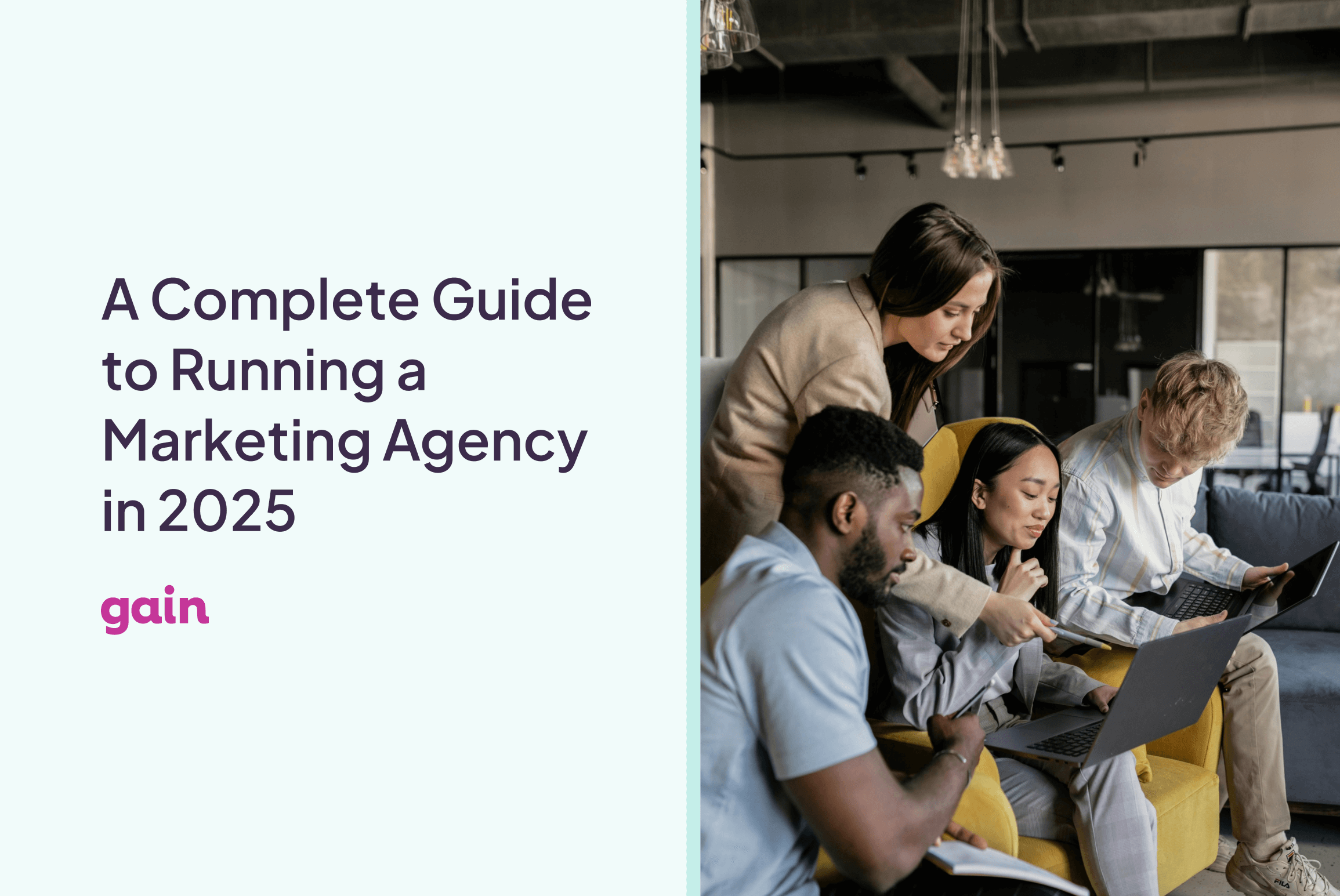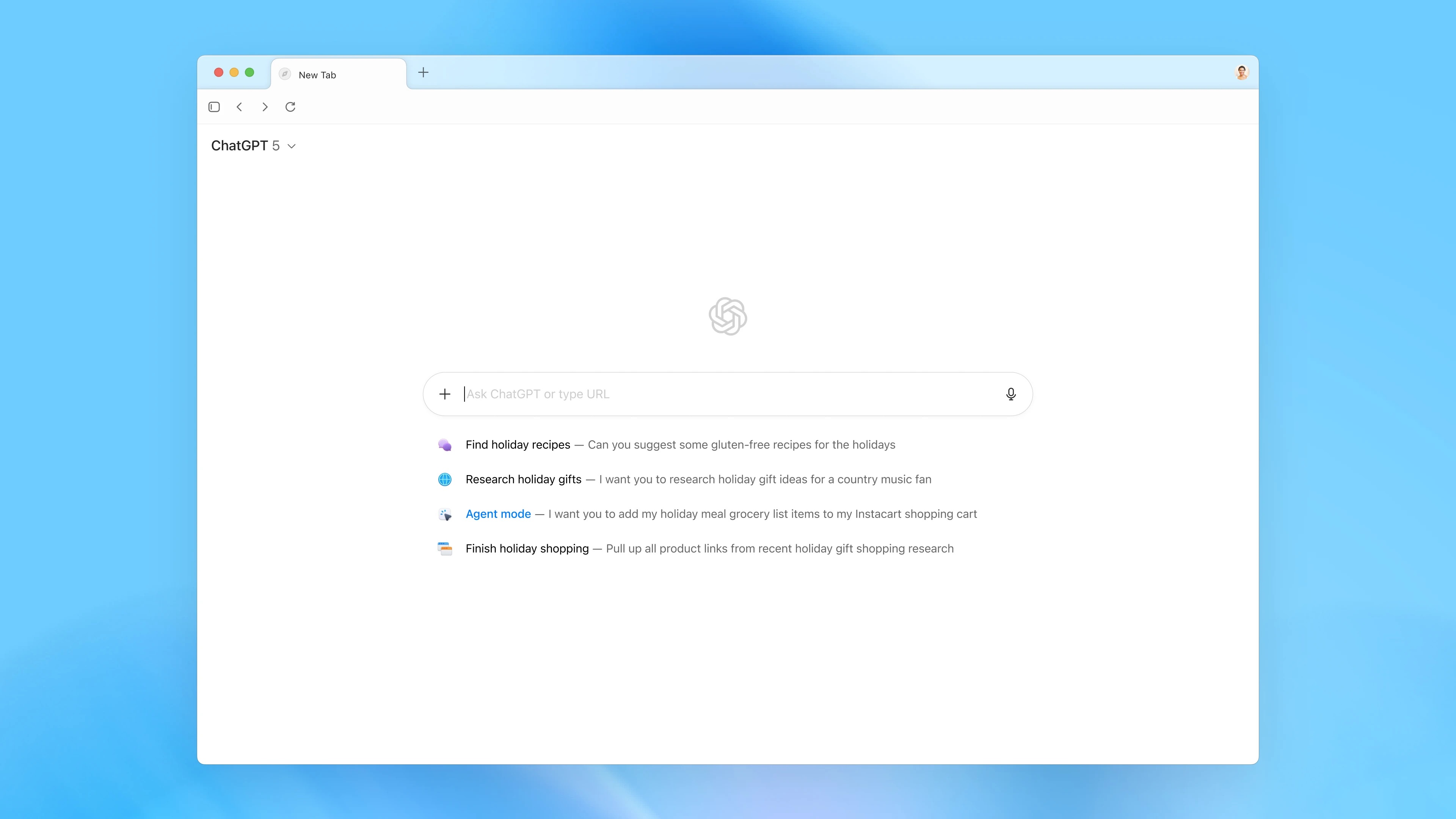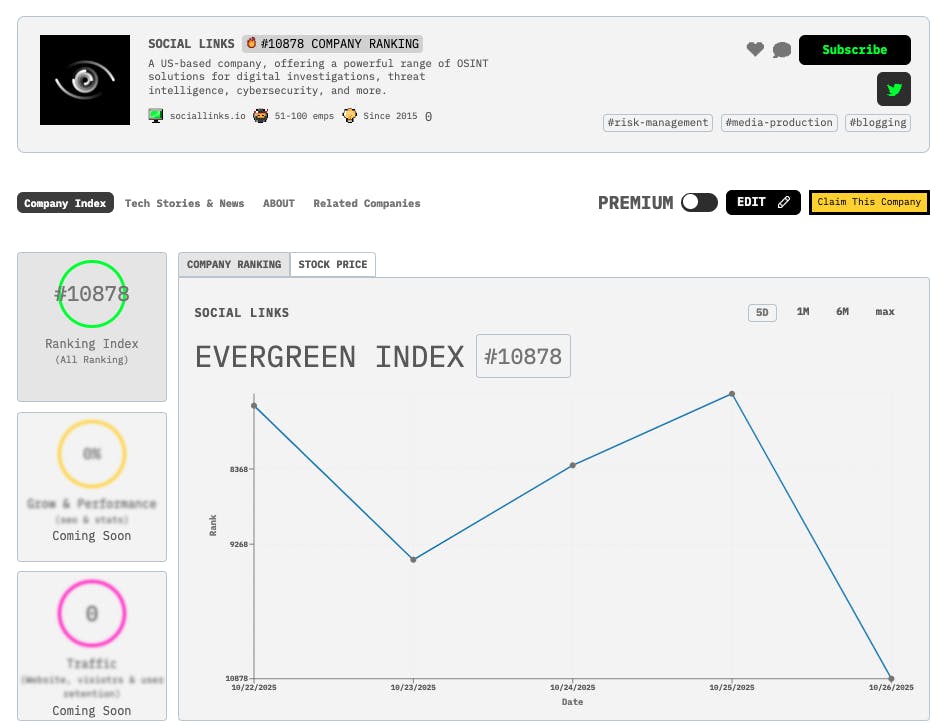Photo by Alena Darmel
From pricing to must-have agency tools, this in-depth guide shows you everything you need to know to successfully run a marketing agency.
Running a marketing agency sounds glamorous. You get to work on creative campaigns, manage high-profile clients, build your team, and share your wins on LinkedIn.
But anyone in the business knows it’s no easy feat. From landing and managing demanding clients to pricing your services, growing a team, and staying profitable, agency life is a constant balancing act. And truth be told, there aren’t many resources that walk you through all the steps it takes to build a successful business.
That’s why we’ve put together the ultimate guide to running a marketing agency. We’ll cover everything from pricing your services and finding your first client to building your team and choosing the right tools to keep operations running smoothly.
1. Laying the Foundations
Before you worry about scaling, you need to nail the basics. Every agency needs three things from day one:
- A niche
- A clear service offering
- Positioning that actually cuts through the noise (P.S. “We do everything for everyone” isn’t a strategy. It’s a fast track to burnout and bad-fit clients.)
Think about where you can deliver the most value. Is it social media management, paid ads, content strategy, or a mix? Pick a lane, package it clearly, and build your messaging around solving specific client pain points.
From there, set up the non-negotiables: a lean business structure, a site that shows off your value, and a starter portfolio with real results (even if they’re from side projects or past freelance work).
👉 If you’re at square one, dive into our step-by-step guide on how to start a marketing agency business. It’ll walk you through the setup in more detail.
2. Pricing and Packaging Your Services
Pricing is one of those things that can make or break your agency. Charge too little and you’ll attract nightmare clients and run yourself into the ground. Charge too much without proving your value, and prospects will ghost you. The sweet spot comes from knowing your worth and presenting it in a way clients can actually understand.
If you haven’t already, take a step back and map out your services. Are you offering strategy, content creation, posting, reporting, or the full package? However you slice it, don’t just throw out random numbers. Structure your offers. Packages are your best friend here because they set clear expectations, help clients compare options, and give you predictable income every month.
For example, you might start with a “starter” package covering scheduling and posting, then build a mid-tier option with strategy and analytics, and finally a premium tier with campaign management and consulting. This ladder makes it way easier to upsell later.
Need help setting actual numbers? Here’s a breakdown on how to price social media management so you’re not just guessing. And when you’re ready to formalize your offers, use our guide to creating social media management packages that scale with your agency.
The bottom line: packages and clarity win.
3. Winning Your First Clients
Landing your first clients is always the hardest part. The good news? There are plenty of ways to get in front of the right people if you’re proactive. The trick is to be strategic about where you show up and how you pitch your value.
Here are a few proven ways to start filling your roster:
- Be visible where clients hang out → Think LinkedIn groups, not just Instagram.
- Create useful content → Posts, guides, or audits that show off your expertise.
- Leverage referrals → Turn happy clients into your best salespeople.
- Offer a free audit → A low-risk way for prospects to see your value.
Want more ideas? Check out our full guide on how to get social media clients.
4. Sorting out contracts and proposals
If you’ve managed to land a few clients, the next logical step is signing an agreement as part of your client onboarding. Don’t skip or rush through this stage because you’ll regret it later. Agency-client contracts outline the services you’ll deliver, how you’ll deliver them, and protect both sides in case of late payments, unclear expectations, or scope creep. For a breakdown of what to cover, check out our guide on social media agency contracts.
Once you’ve got the contract squared away, it’s time to move into proposals. A strategy proposal shows clients you understand their business and have a plan to get results. It connects their challenges to your solution and lays out the steps you’ll take to get there. If you need inspiration, we’ve put together a guide to writing a social media strategy proposal that wins clients and keeps everyone aligned from the start. It also includes a free template 📄 that you can simply copy and paste!
5. Building and Managing Your Team
At some point, you can’t do everything yourself. Juggling client work, strategy, and admin tasks as a solo operator only takes you so far. Building a team is what allows your agency to scale. However, don’t go all in on hiring 5 full-time employees. Instead, start small.
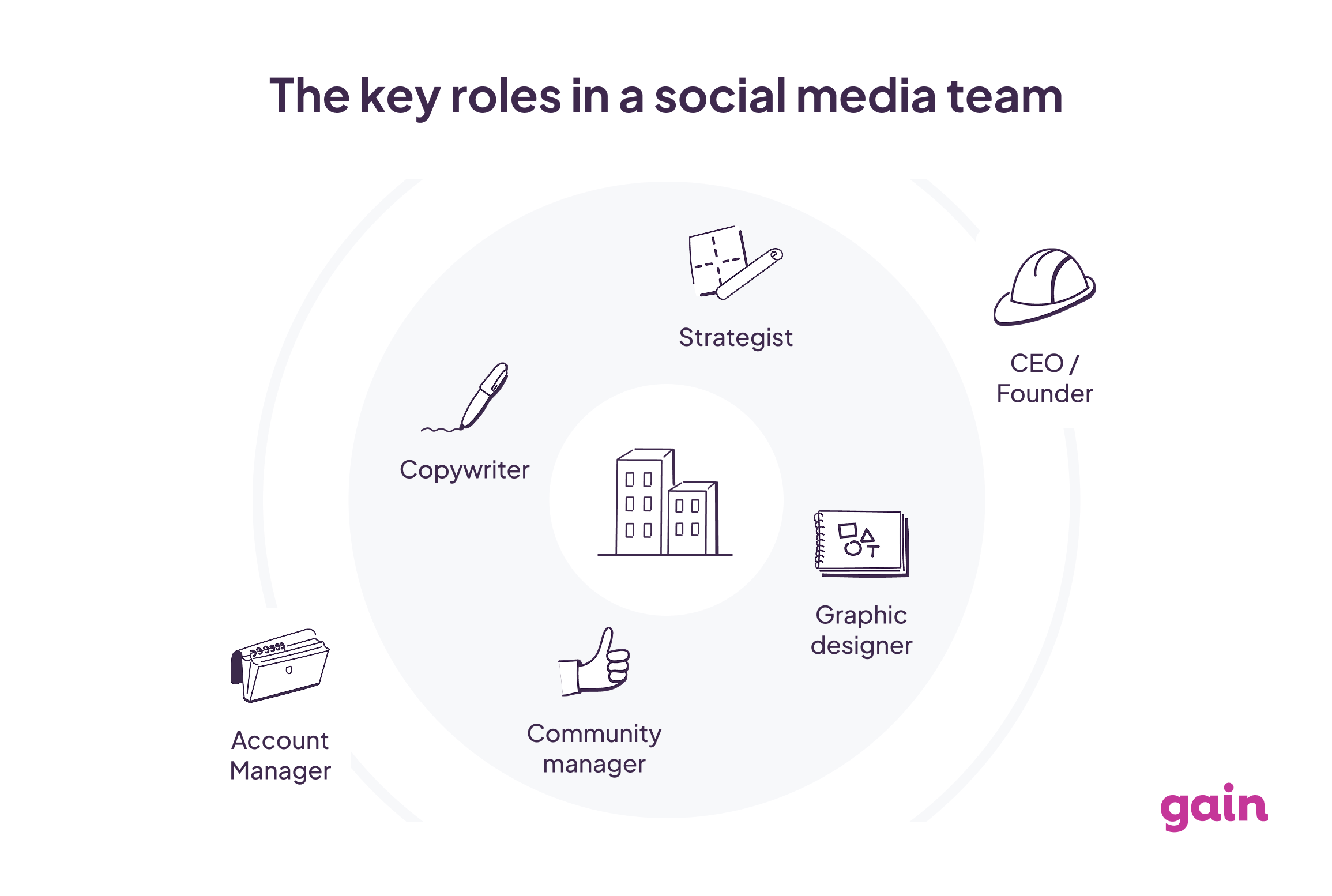
Maybe consider bringing on a freelancer to handle design or a part-time assistant to manage scheduling. As your client base grows, think about structuring your team around core functions:
- Strategy
- Creative
- Account management.
Our guide on how to build a social media team breaks down what roles you actually need and when to hire them.
Of course, managing people comes with its own challenges. Creative burnout is real, and it spreads fast if you don’t keep an eye on workloads. We’ve pulled together some ideas on how to tackle creative burnout in your agency to help you protect both your team and your client results.
6. Getting Your Tools Together 🛠️
One of the fastest ways an agency unravels is by relying on scattered tools and manual processes. Missed deadlines, lost feedback, and endless back-and-forth with clients usually have nothing to do with talent—it’s the systems that are broken.
To support all the different types of processes within your agency, you’ll need:
🤔 If you’re still figuring out your setup, we’ve rounded up the must-have marketing agency tools that can save time and help your agency run like clockwork.
7. Managing Clients Effectively
What if the client isn’t always right? In agency life, bending to every request might feel like good service, but it usually leads to scope creep, resentment, and burned-out teams. You should really manage your clients’ expectations as carefully as you manage their social media budgets!
It all starts with the contracts (see point no. 4 if you missed it). These agreements spell out deliverables, timelines, and responsibilities so everyone’s on the same page from day one. They give you something concrete to point back to when expectations drift or new requests pop up.
That said, contracts alone aren’t enough. Sometimes you’ll need to politely remind clients about boundaries or timelines, whether that’s through a quick email or during your monthly check-ins. The more proactive you are, the less room there is for confusion later.
Of course, not every client plays ball. Some are combative, some vanish for weeks. Having frameworks for dealing with difficult clients or handling unresponsive ones keeps projects moving without draining your energy.
8. Delivering Great Results Consistently
You’ll know yourself that the hardest part of agency work isn’t getting creative ideas out the door. It’s actually proving, month after month, that your work drives real outcomes. That’s what clients care about (and pay for).
First, start with a social media audit. This gives you and your client a clear picture of where things stand right now. Plus, it helps you set realistic goals and prove progress later. If you’re unsure how to run one, here’s our step-by-step guide on how to do a social media audit for a client.
Next is managing the chaos. Running accounts for multiple clients can get messy fast. You need clear systems for scheduling, content approvals, and posting. Otherwise, you’ll end up missing deadlines and looking unprofessional. Our guide on managing multiple social media accounts explains how to stay organized and keep everything running smoothly.
Once you’ve got the baseline, the next step is ongoing reporting (aka tracking your most important social media KPIs). Clients don’t want a flood of numbers they don’t understand. They want to know if their investment is paying off. Good reporting connects the dots: here’s what we did, here’s what happened, and here’s what we’ll improve next. Keep it simple, visual, and tied to business goals.
9. Scaling Your Agency Beyond the First Clients
If you have the hunger to scale your agency, be prepared for a whole different game. What worked for five clients won’t cut it when you’re managing fifteen. Growth requires new ways of thinking about revenue, capacity, and process.
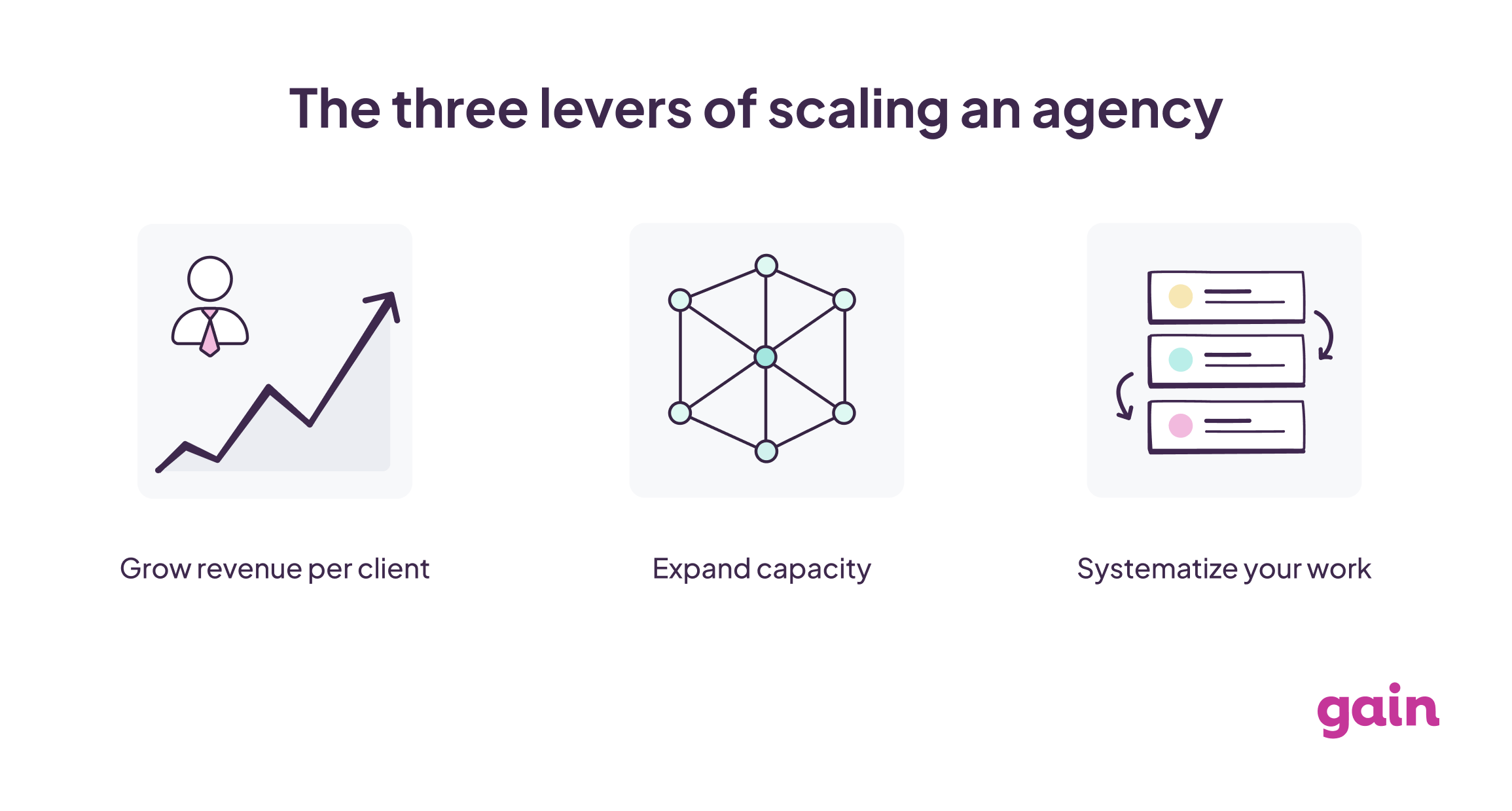
Focus on three levers:
- Grow revenue per client. It’s easier to expand an existing contract than win a new one. Add services like paid campaigns, reporting packages, or consulting to increase client value.
- Expand capacity. You can’t do it all yourself and with your mum answering client emails 😉. Bring in freelancers or contractors for specialist work, then decide which roles deserve a permanent spot as you grow.
- Systematize your work. Templates, automated content approvals, and documented processes make your agency scalable without the stress of reinventing the wheel every time.
Also, an important lesson to remember is that scaling isn’t about taking every client that comes your way. It’s about taking on better clients who view social media management as an investment, not a cost center. Be intentional about who you work with while maintaining the quality of your services.
FAQs
Agency’s profitability depends on client size, pricing model, and overhead. Many small agencies aim for 20–30% profit margins once they have stable retainer clients. Agencies that specialize in high-demand niches, package their services effectively, and control operating costs can see even higher margins. Growth also comes from upselling services like strategy, paid ads, or content creation, which boost recurring revenue.
To run a marketing agency, you don’t need an official degree. Many agency owners are self-taught marketers who build skills through client work, certifications, and industry experience. Clients typically value proven results over formal education. A strong portfolio, case studies, and testimonials will always outweigh academic credentials. That said, it’s a good idea to continue learning, whether through online courses, certifications, or mentorship, as these things can help you stay competitive in the marketplace.
If you want to run a boutique agency, you can easily manage 5–10 clients, while larger agencies can scale to 50+ with the right team, systems, and processes in place. Capacity depends on service scope, team size, and client demands. Many agencies often start small, then gradually increase workload by hiring specialists and using tools to automate repetitive tasks without sacrificing quality.
Running an Agency Starts with the Right Foundations
If there’s one thing you should take from this guide, it’s that running a marketing agency is a marathon, not a sprint. You don’t need to have everything figured out from day one. What matters most is having a plan, a willingness to learn, and systems that keep your operations running smoothly. Get those right and you’ll already be ahead of much of your competition.
The truth is, clients don’t care if you’re the flashiest agency on LinkedIn. They care about results and clear communication.
If you need help managing the biggest bottlenecks in agency life, like client communication, collaboration, and content approvals, Gain can make things much easier. It’s the only social media management tool that combines dedicated client workspaces, automated content approvals, and auto-scheduling and publishing your content—all in one platform.
Try Gain for free today!

